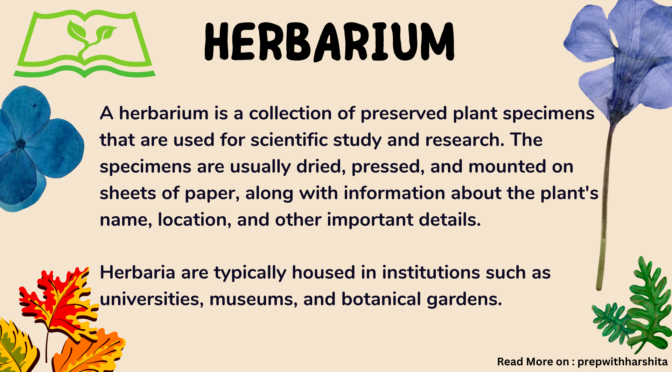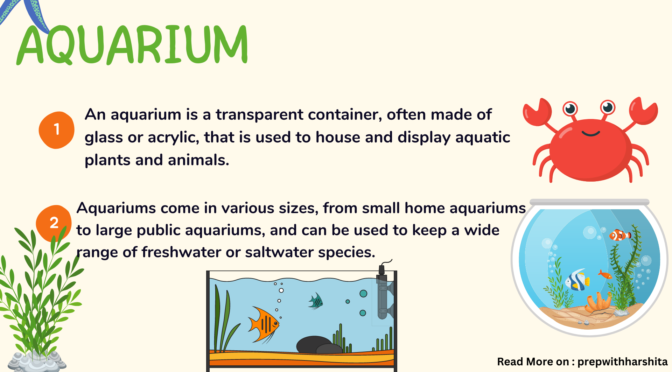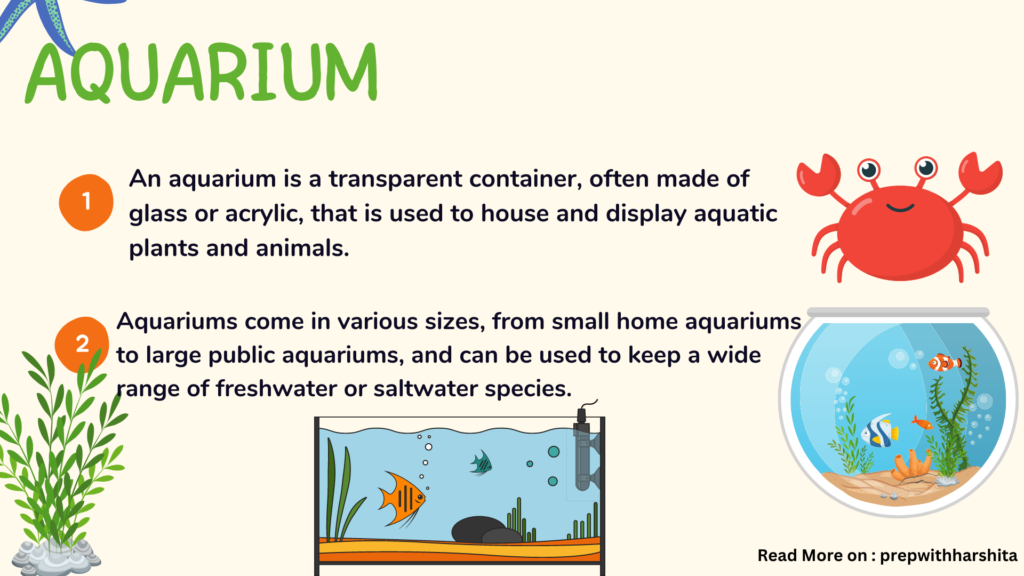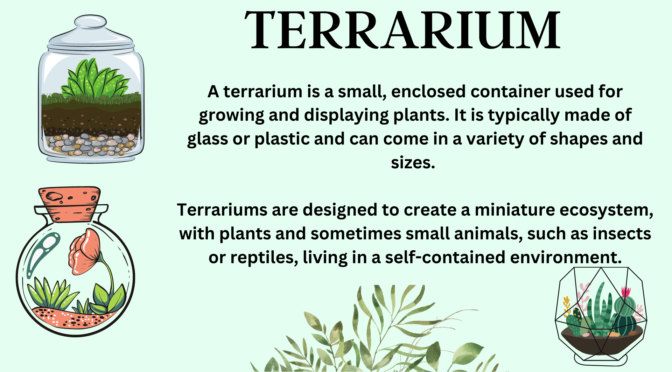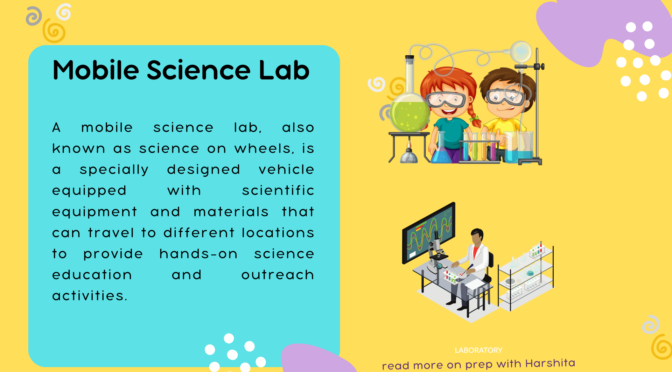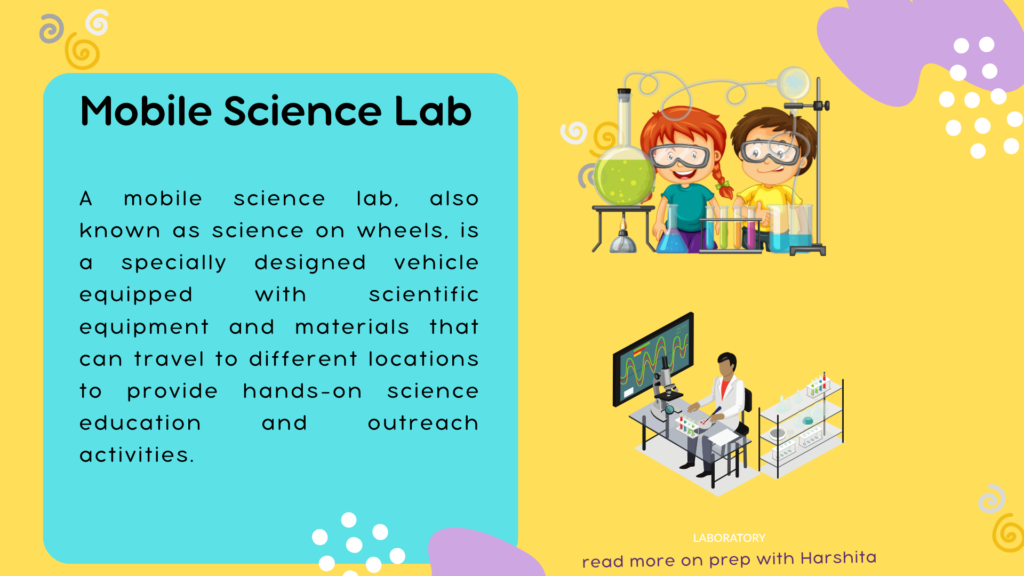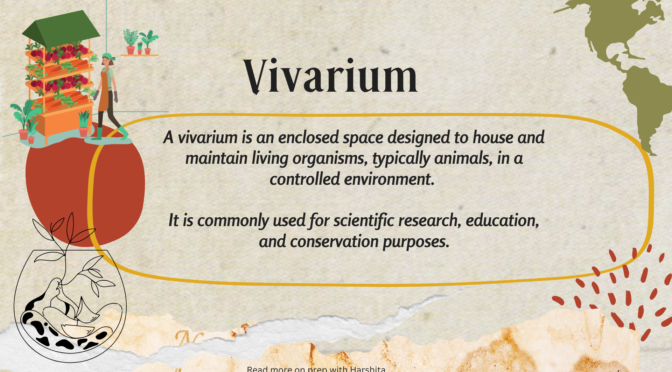A herbarium is a collection of preserved plant specimens that are used for scientific study and research. The specimens are usually dried, pressed, and mounted on sheets of paper, along with information about the plant’s name, location, and other important details. Herbaria are typically housed in institutions such as universities, museums, and botanical gardens.
Herbaria are used by scientists and researchers to study plant taxonomy, evolution, and ecology, as well as for the identification of plant specimens. They also serve as a record of plant diversity and distribution, allowing researchers to track changes in plant populations over time.
Herbaria are important for conservation efforts, as they provide a record of rare and endangered plant species, and can be used to guide conservation efforts and management decisions.
Overall, herbaria play a critical role in plant research and conservation and provide a valuable resource for scientists, educators, and the general public.
Also read: Terrarium
Herbaria offers several benefits, including:
- Research: Herbaria are an important resource for botanical research, allowing scientists to study plant taxonomy, evolution, and ecology, as well as for the identification of plant specimens. They provide a record of plant diversity and distribution and can be used to track changes in plant populations over time.
- Conservation: Herbaria serve as a record of rare and endangered plant species, and can be used to guide conservation efforts and management decisions. They also help to protect and preserve plant species by providing a repository for plant specimens that might otherwise be lost due to habitat destruction or other environmental factors.
- Education: Herbaria can be used as educational tool to teach students about plant biology, taxonomy, and conservation. They offer a hands-on way to learn about the natural world and can be a fun and engaging way to promote scientific curiosity and interest.
- Historical record: Herbaria provide a historical record of plant life, allowing scientists and researchers to examine changes in plant populations over time. They also serve as a record of the history of botanical exploration and scientific discovery.
- Bioprospecting: Herbaria can be used in bioprospecting, which is the search for new drugs and other useful products from natural sources. Plant specimens in herbaria can be studied for their medicinal properties or other potential uses, which can lead to the development of new drugs or other useful products.
Also visit: Prep with Harshita


